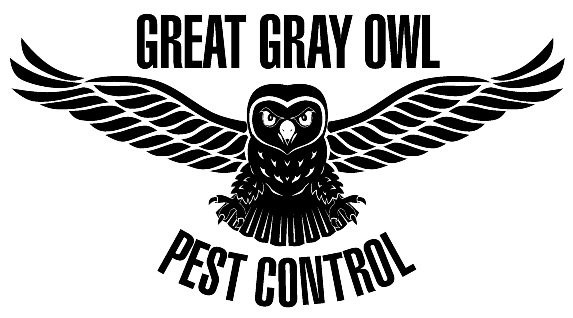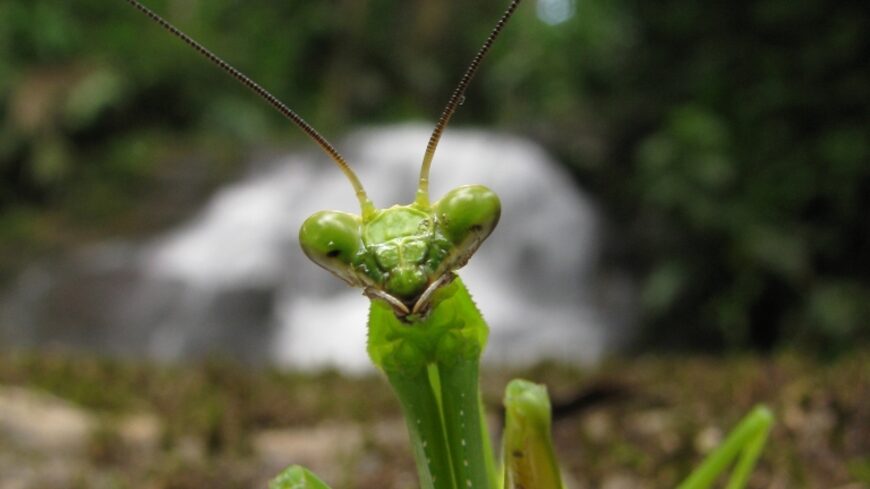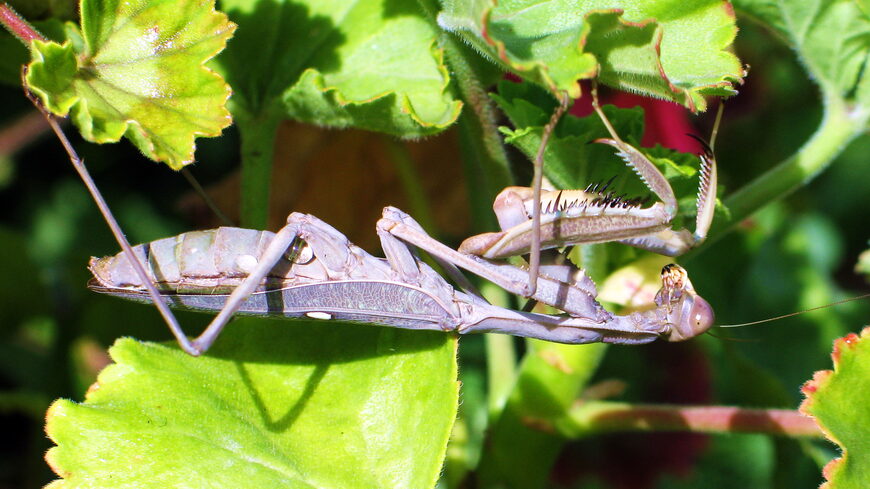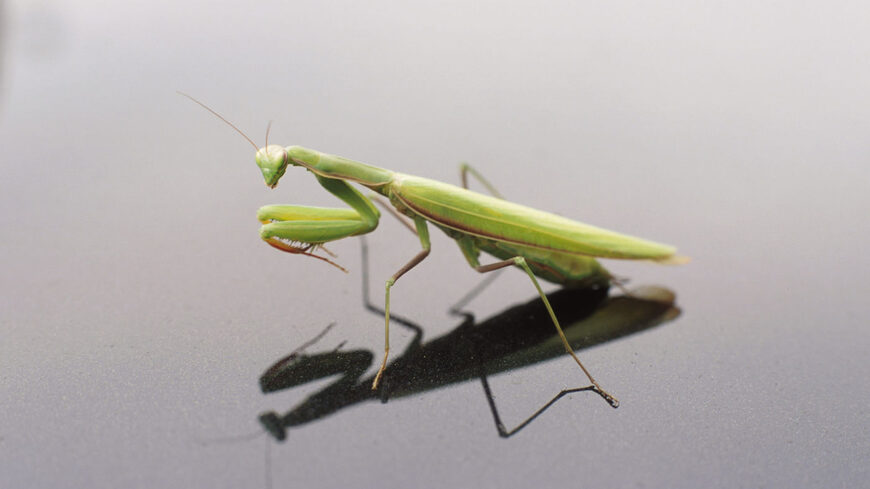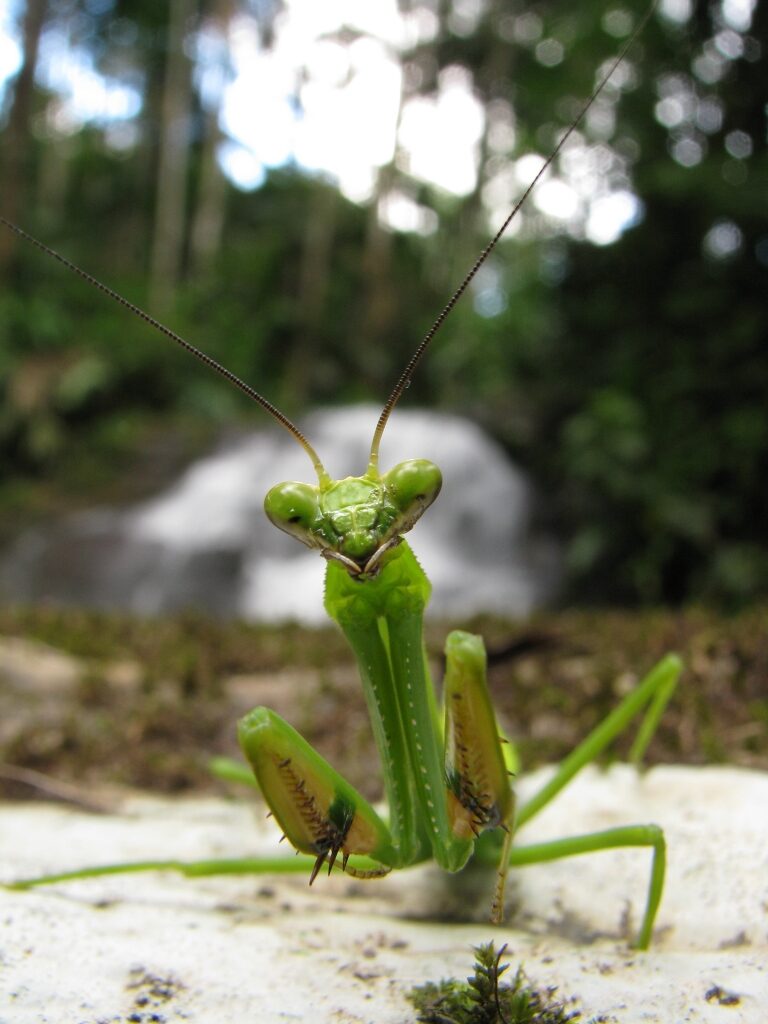
Praying mantis are large, solitary, slow moving, and predaceous insects that catch their mostly insect prey with their front legs. Incredibly interesting-looking creatures, praying mantis are a general predator of most pest insects, mites, eggs or any insect within reach. A wonderful addition to every garden, the mantis is an ambusher who sits on a plant, twig -- often near a blossom -- as they wait for their prey to come close -- the only insect that is known to have the ability to turn its head and look over its shoulder-- then snaps it up with a lightning-fast movement of its strong forelegs. Measurements of their reflexes show mantis react more than twice as fast as houseflies.
Young mantis have voracious appetites, eating a variety of aphid species, leafhoppers, mosquitoes, caterpillars and other soft-bodied insects. As they mature, they eat larger insects such as beetles, grasshoppers, crickets and other pest insects.
Praying mantis do not have jumping hind legs. Of the 20 species of mantis that occur in North America, the introduced Chinese mantis, at a length of as much as 4 inches, is the largest.
